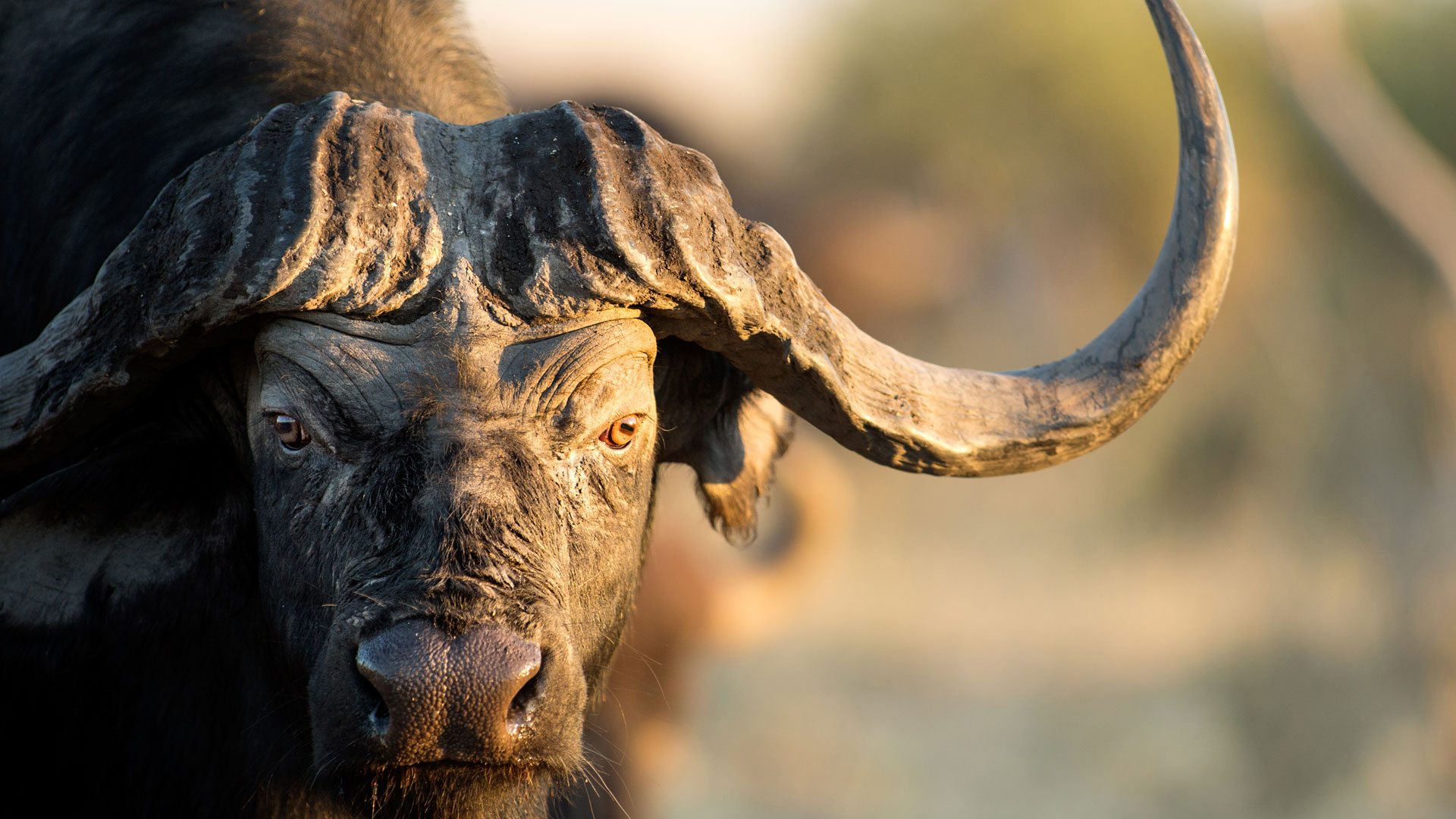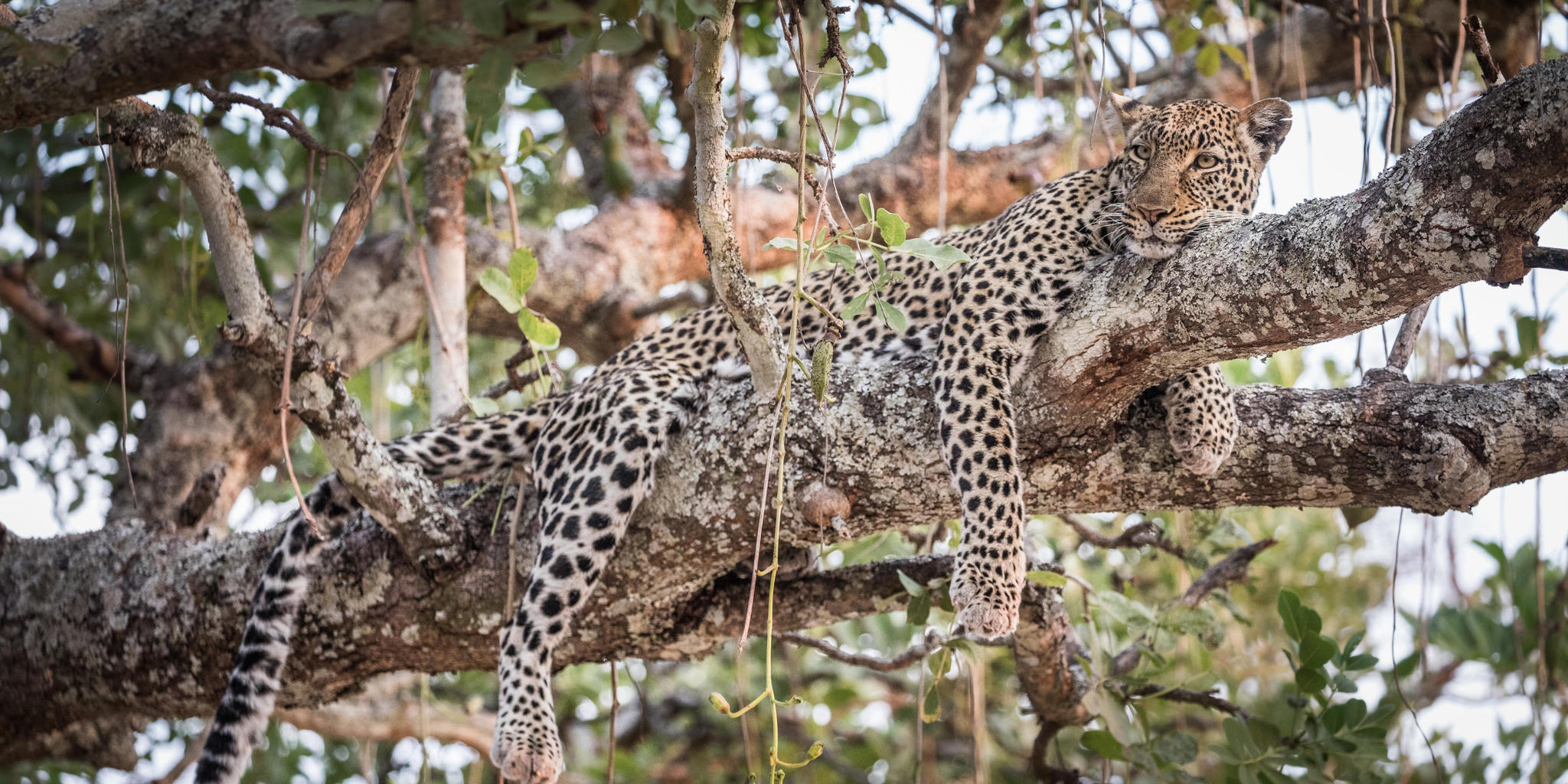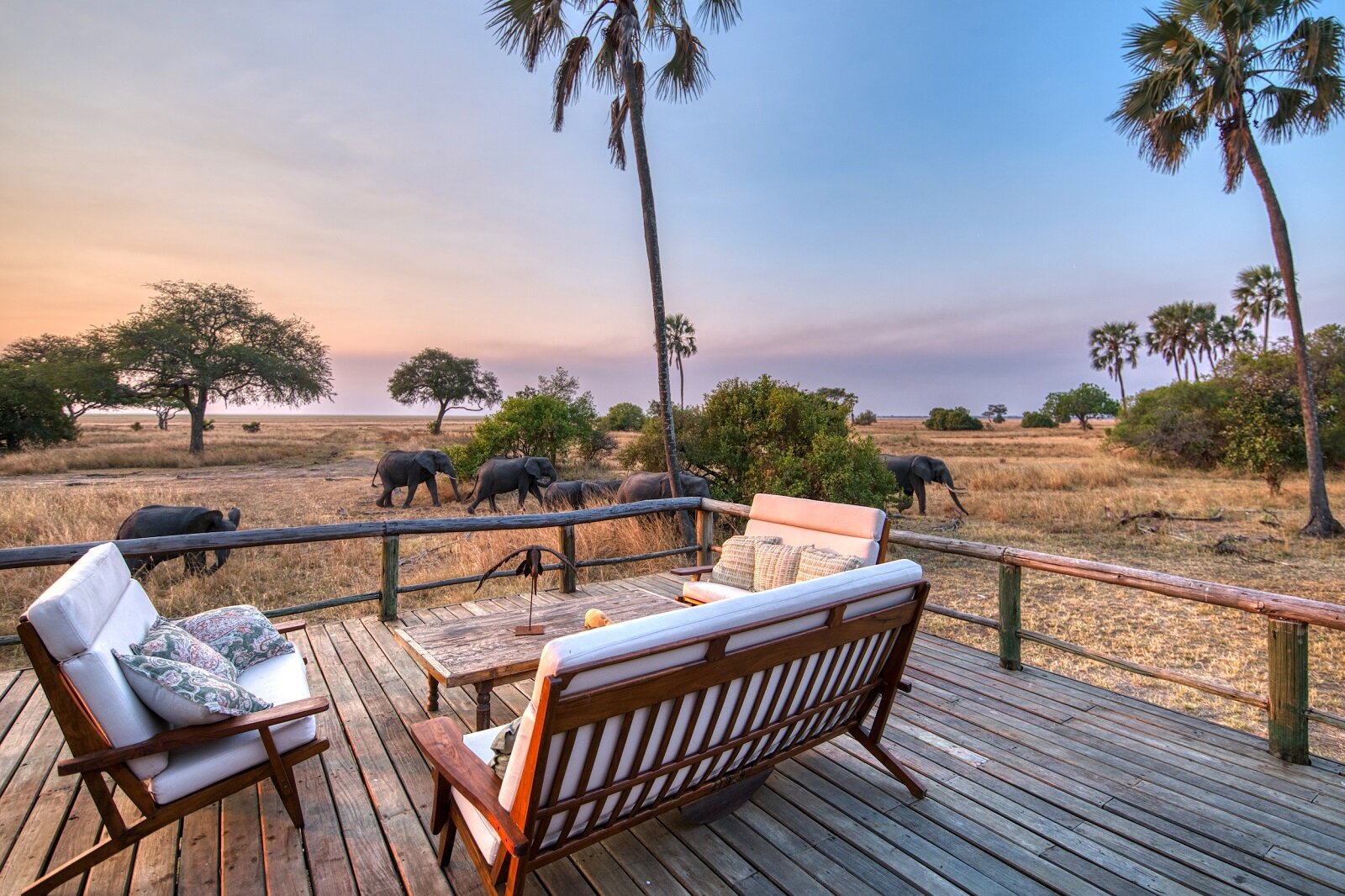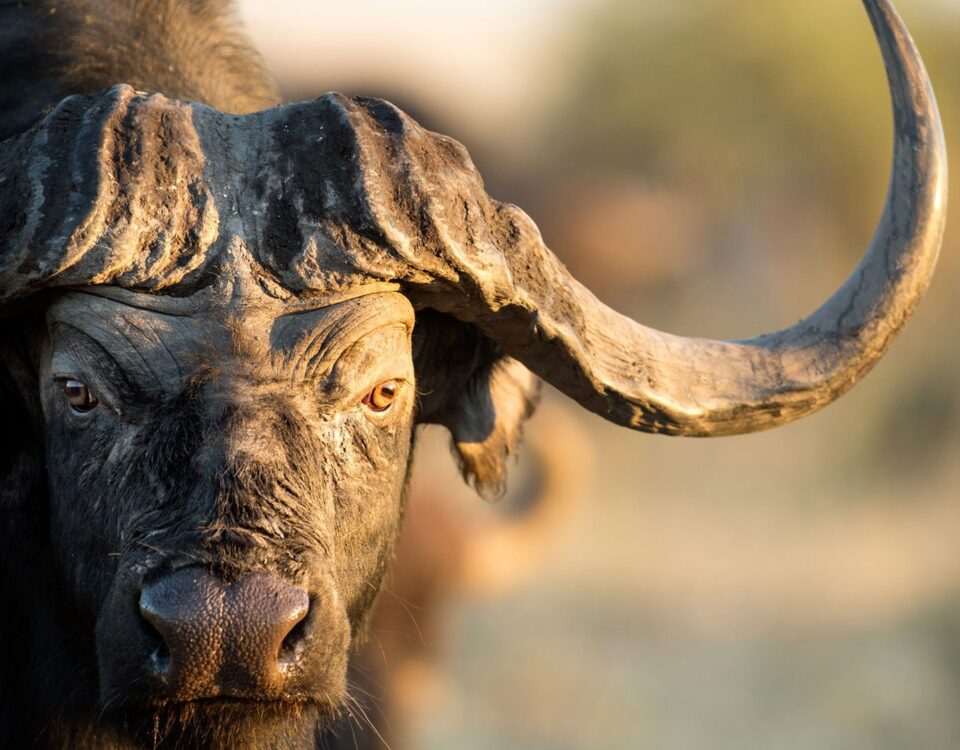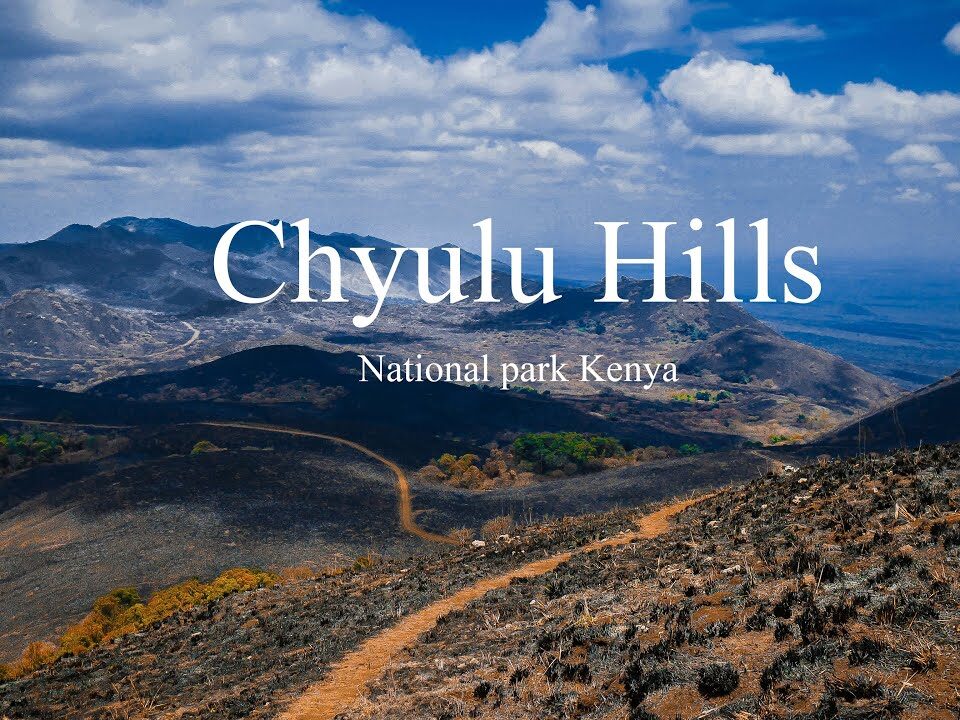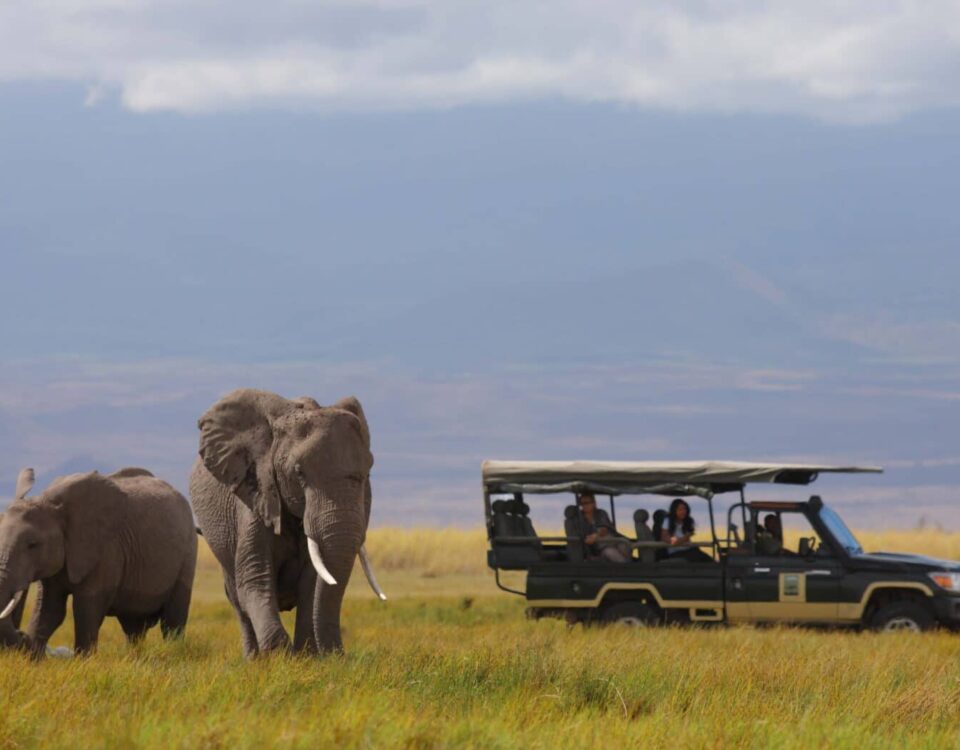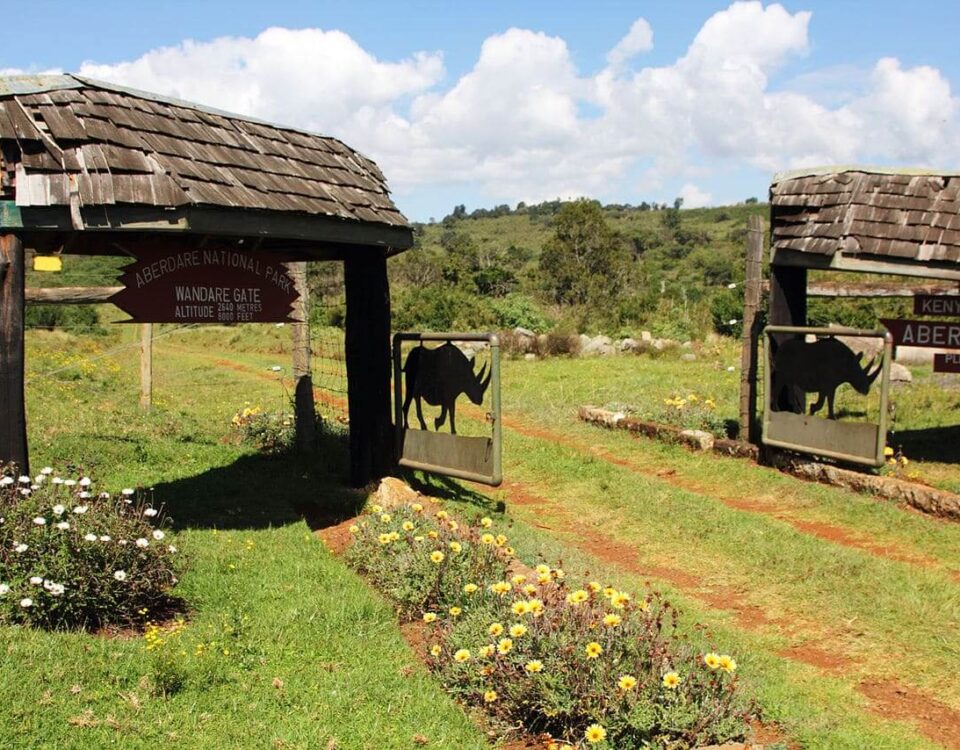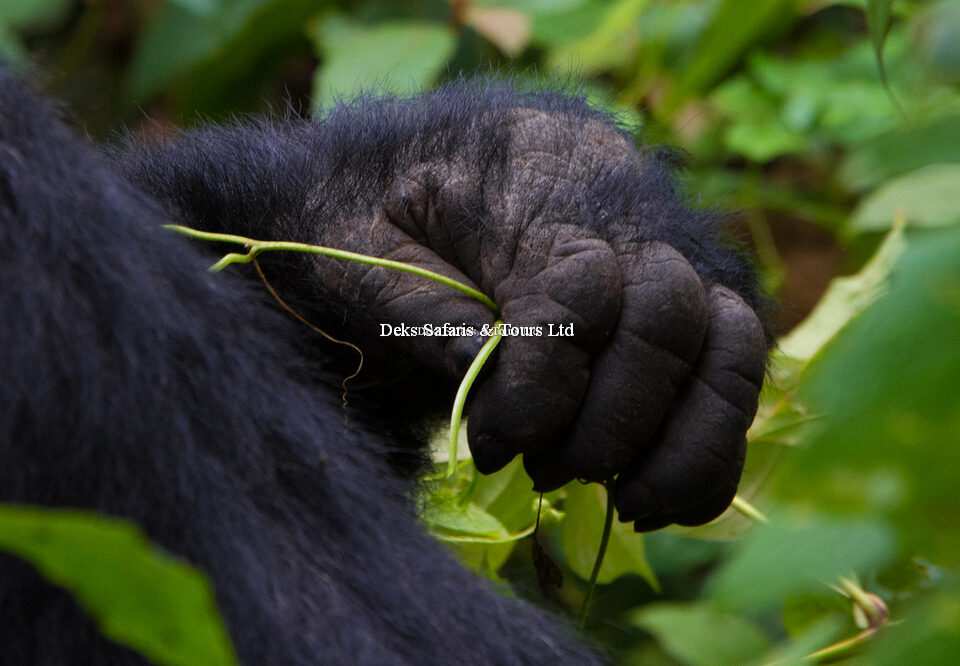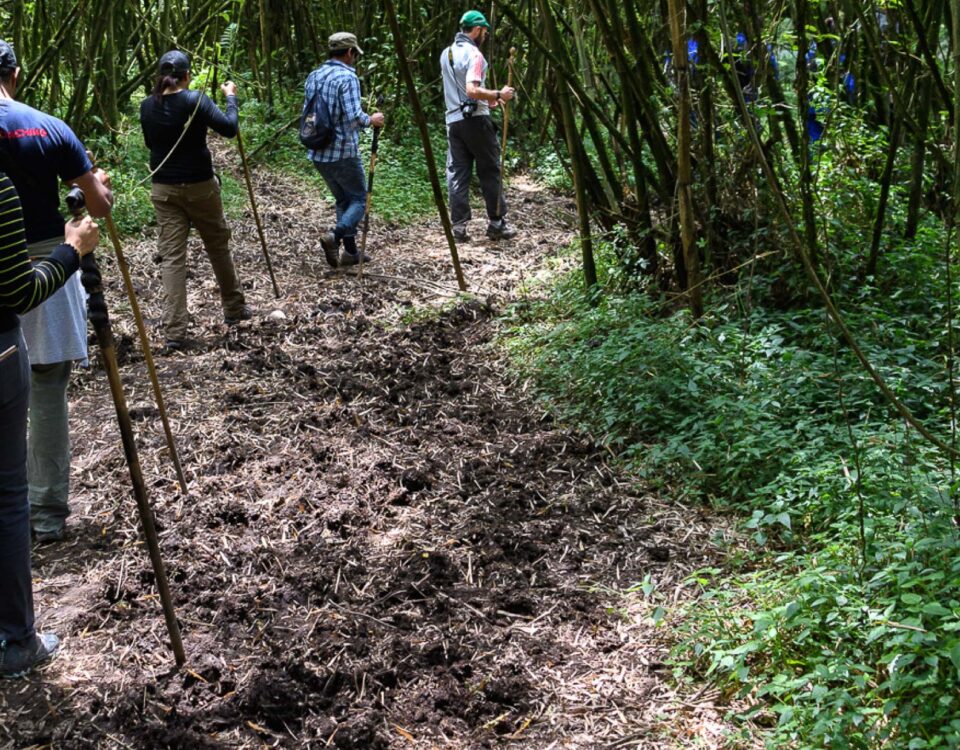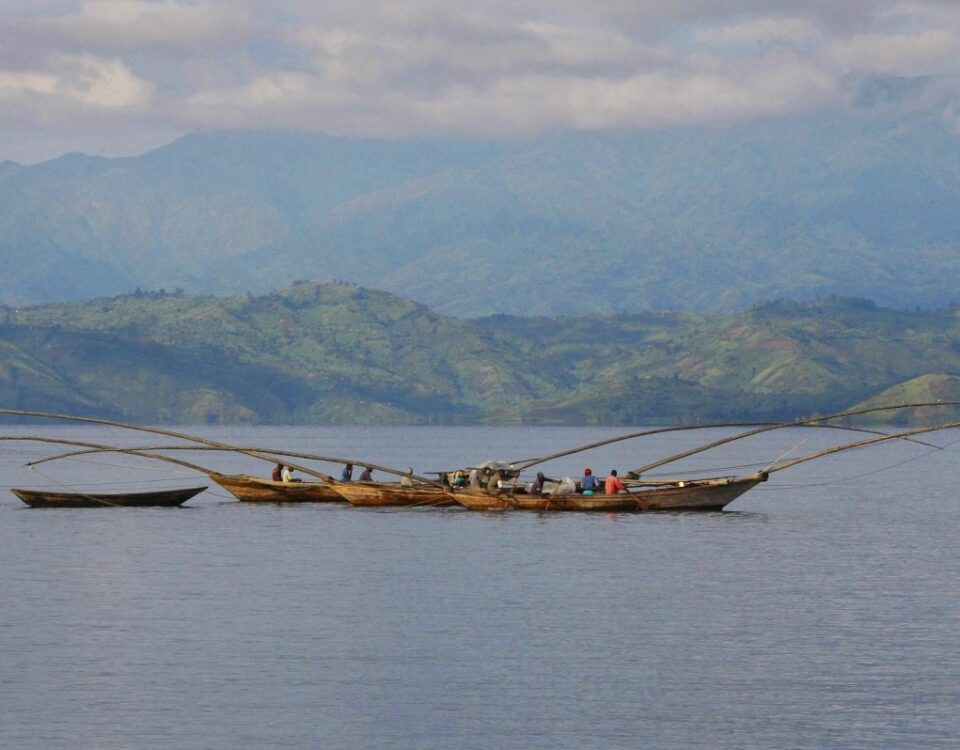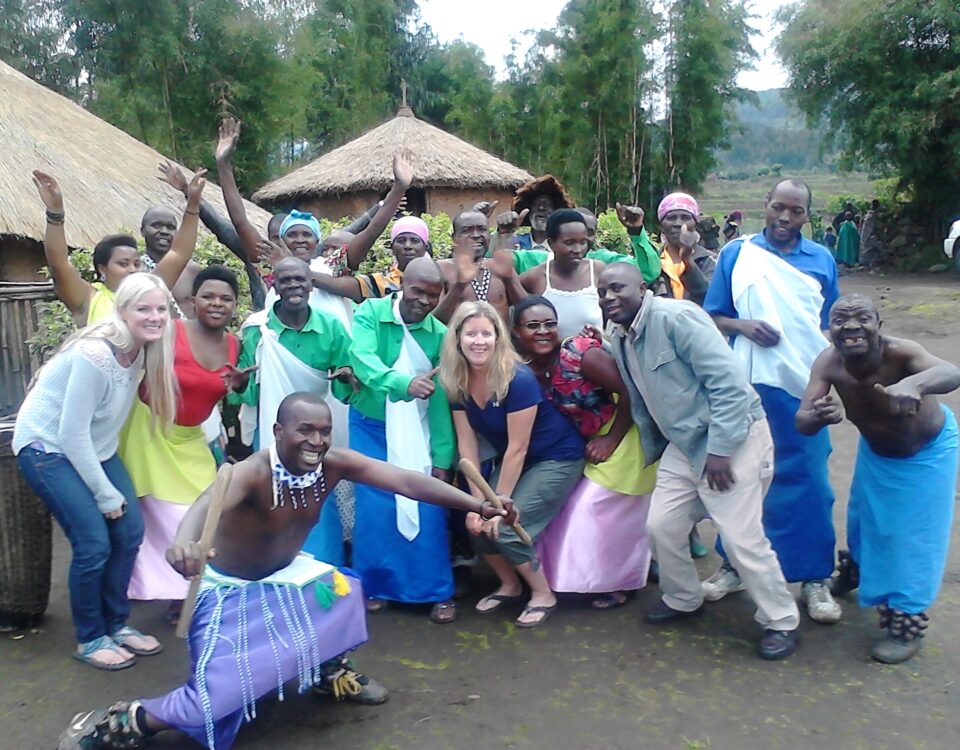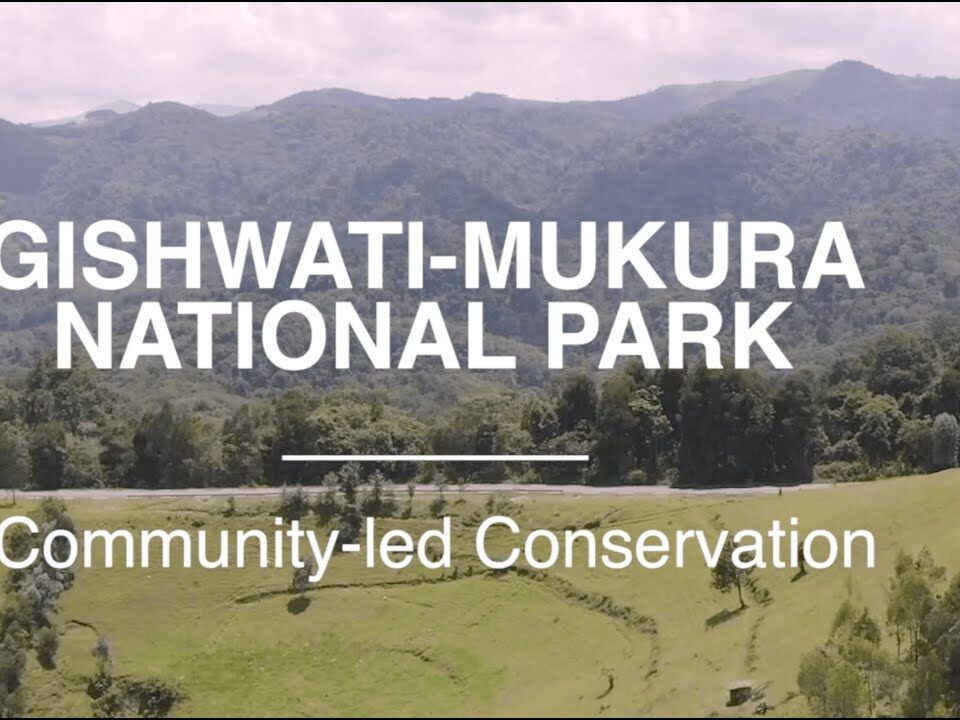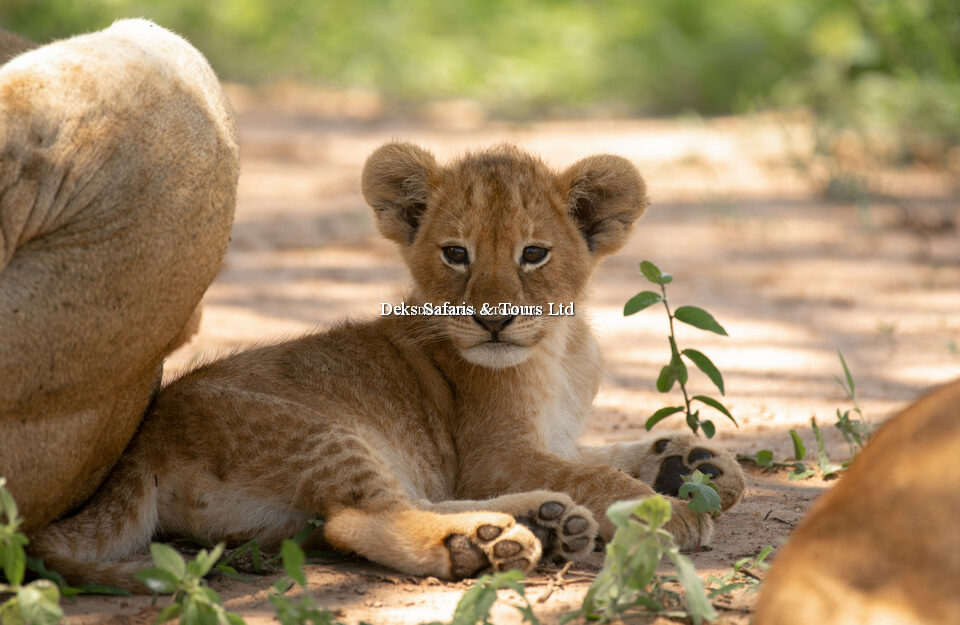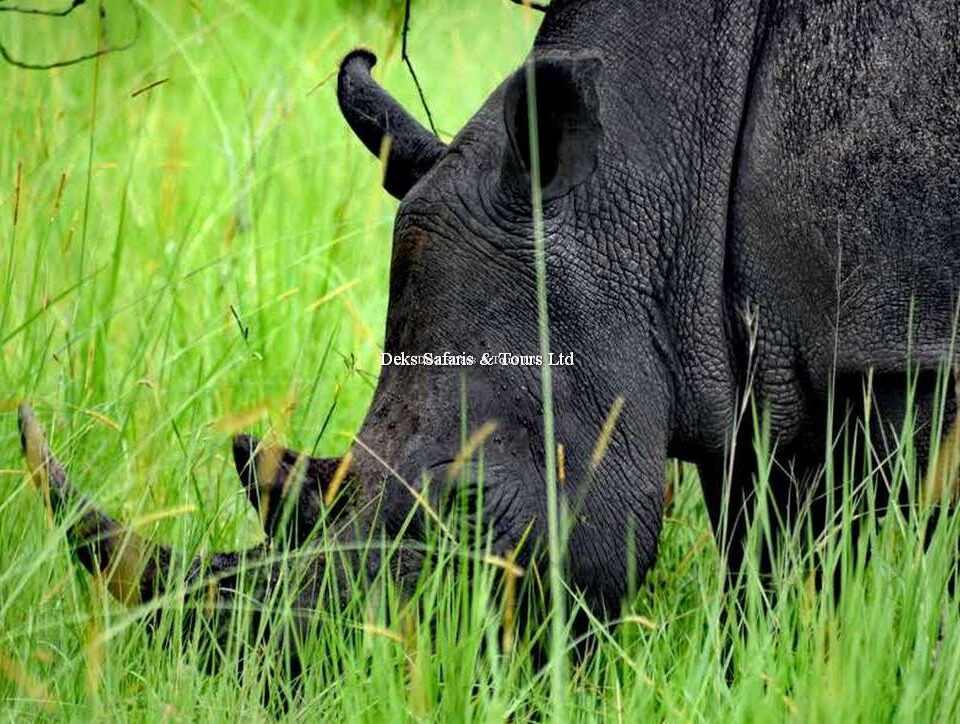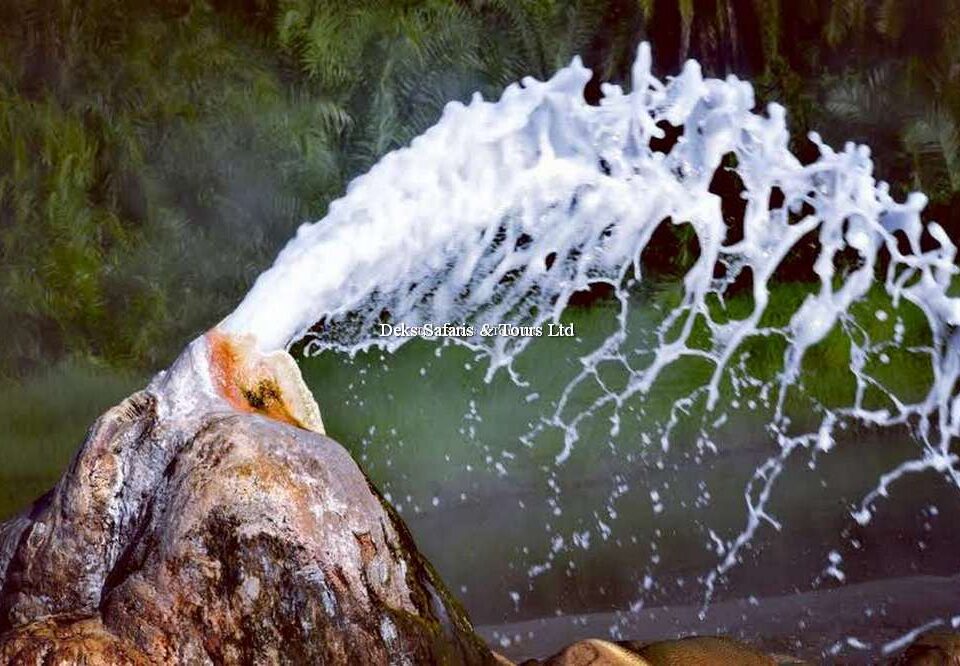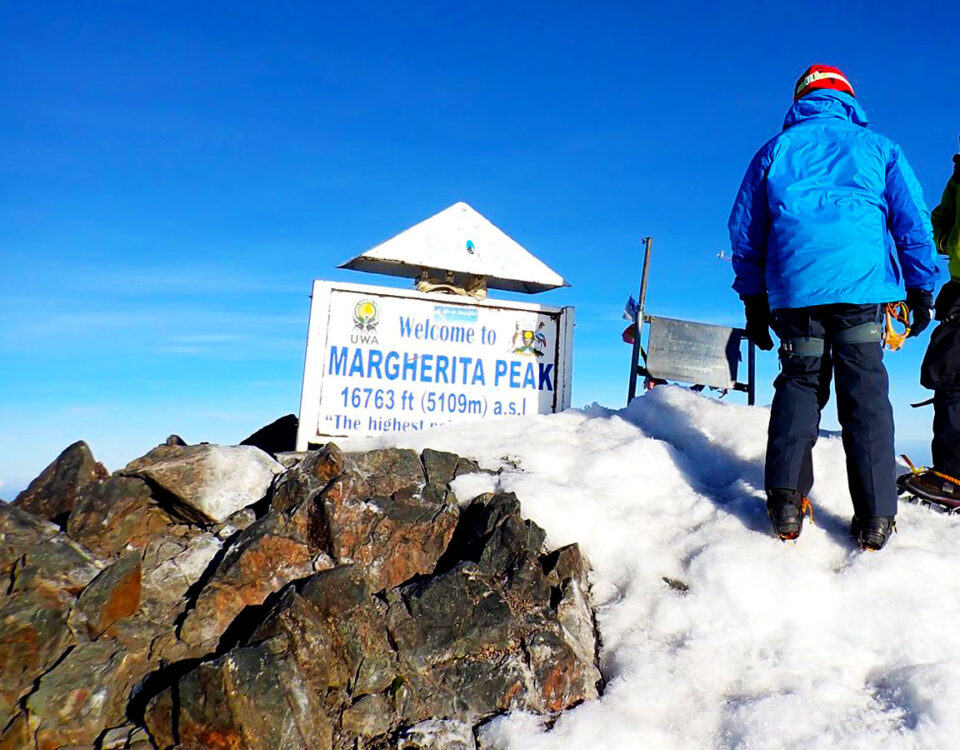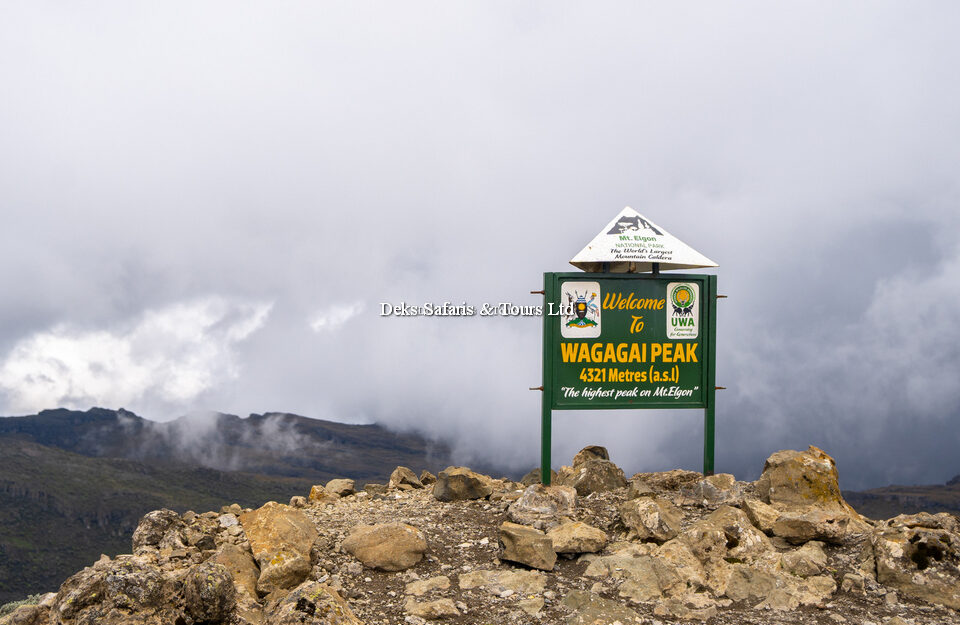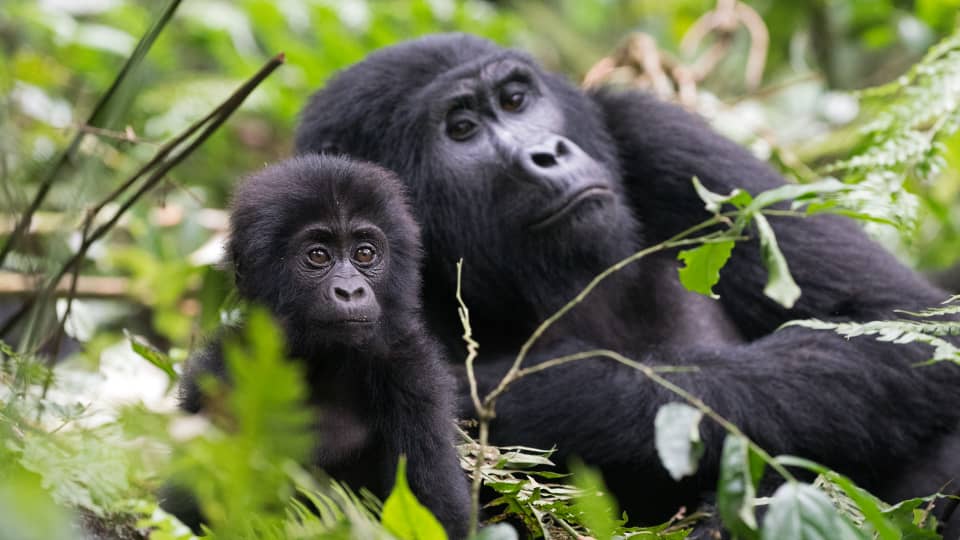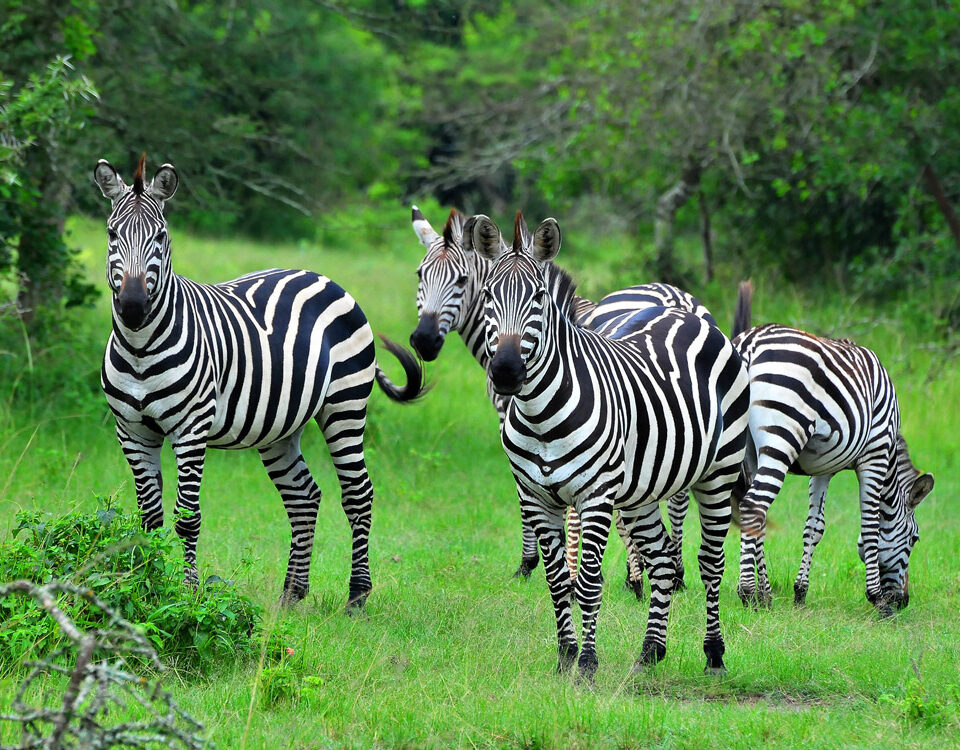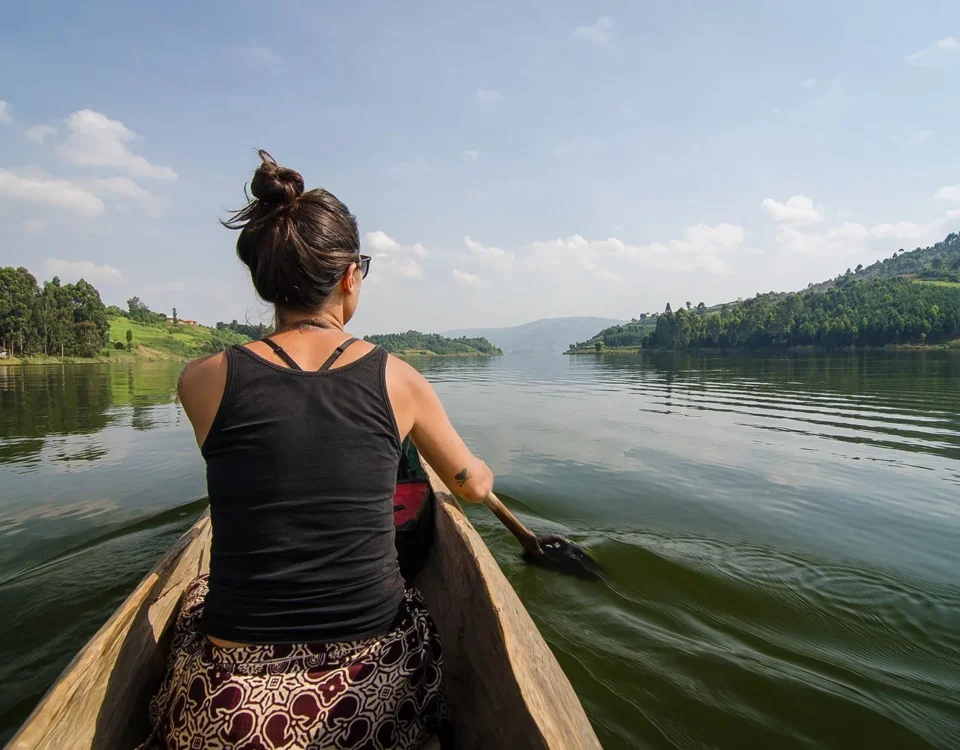Katavi National Park: Tanzania’s Untamed Wilderness
Katavi National Park, situated in the remote western region of Tanzania, is one of Africa’s hidden gems. Established in 1996 and spanning approximately 4,471 square kilometers, Katavi is renowned for its untouched landscapes and abundant wildlife. Its isolation from more frequented safari destinations has preserved its natural beauty and allowed it to remain relatively unexplored compared to other iconic national parks in Tanzania.
Katavi’s diverse environments, from sprawling savannahs and floodplains to dense woodlands and wetlands, create a unique safari experience. The park’s seasonal variations, with distinct wet and dry periods, shape the wildlife dynamics and offer varying adventure opportunities throughout the year.
A Wilderness Experience Like No Other
Katavi National Park’s remoteness ensures a truly immersive wilderness experience. Visitors are often drawn to its raw and unspoiled landscapes, which offer a sense of adventure and discovery away from the crowds.
- Remote Safaris: Due to its location, Katavi provides a sense of solitude and exclusivity. Safaris here often include private game drives and walking safaris, allowing for an intimate connection with nature. The limited number of visitors each year helps maintain the park’s pristine condition and ensures a more personalized safari experience.
- Vast Landscapes: The park’s vast floodplains, such as the Katavi and Katisunga plains, provide a dramatic setting for wildlife viewing. The expansive terrain, dotted with seasonal lakes and wetlands, offers stunning vistas and a sense of freedom rarely found in more developed safari destinations.
Wildlife Encounters in Katavi National Park
Katavi is celebrated for its remarkable wildlife populations and the opportunity to witness nature in its rawest form. The park’s diverse ecosystems support a variety of species:
- Large Mammals: Katavi is home to significant populations of large mammals, including elephants, buffaloes, and hippos. The park’s floodplains often see large herds of buffalo and elephant congregating, particularly during the dry season when water sources become scarce. Hippos can be observed in the park’s rivers and lakes, often in impressive numbers.
- Predators: The park’s predators include lions, leopards, and hyenas. Katavi’s dense vegetation and varied landscapes provide excellent habitats for these apex predators. Sightings of lion prides hunting and hyenas scavenging are highlights of game drives in the park.
- Birdlife: Bird enthusiasts will find Katavi a rewarding destination, with over 400 bird species recorded. The park’s wetlands attract numerous bird species, including the striking saddle-billed stork, the colorful lilac-breasted roller, and various species of eagles and vultures.
- Rare Sightings: Katavi is also known for its occasional sightings of rare and elusive species. Visitors may encounter wild dogs, which are less commonly seen in other Tanzanian parks, as well as elusive leopards in the park’s dense woodlands.
Seasonal Variations and Wildlife Dynamics
Katavi National Park’s wildlife viewing varies significantly with the seasons, offering different experiences throughout the year:
- Dry Season (June to October): During the dry season, the park’s floodplains shrink, concentrating wildlife around remaining water sources. This is the best time for observing large herds of buffalo, elephant, and other species as they gather around rivers and waterholes. Predators are also more visible as prey animals are more concentrated, making this an ideal time for game drives.
- Wet Season (November to May): The wet season brings lush greenery and the rejuvenation of the park’s floodplains. Although some areas become less accessible due to rain, this period is excellent for birdwatching and seeing newborn animals. The park’s diverse plant life and vibrant landscapes offer a different kind of beauty compared to the dry season.
Adventure Activities in Katavi National Park
Katavi National Park offers a range of adventure activities that allow visitors to explore its wilderness in diverse ways:
- Game Drives: Guided game drives are the primary way to experience the park’s wildlife. The park’s remote location means game drives are often conducted in private or semi-private settings, enhancing the Africa safari experience. The vast landscapes and varied terrain provide opportunities for spotting a wide range of wildlife.
- Walking Safaris: Walking safaris in Katavi offer an intimate experience with the park’s environment. Accompanied by experienced guides, visitors can explore the park on foot, learning about the flora, fauna, and ecosystem up close. Walking safaris provide a different perspective on the park’s landscapes and wildlife.
- Canoeing Safaris: Canoeing along Katavi’s rivers and wetlands offers a unique vantage point for wildlife viewing. Paddling through the park’s waterways allows for close encounters with hippos and crocodiles and provides opportunities to observe birdlife and the surrounding scenery from a different perspective.
- Camping: Katavi’s remote location offers limited but exclusive camping options. Mobile and luxury camps provide an immersive experience in the wilderness, allowing visitors to stay in comfort while being close to nature. Camping in Katavi enhances the sense of adventure and offers uninterrupted views of the park’s landscapes.
Comparative Adventure Experiences in Iconic African National Parks
While Katavi National Park offers a distinctive adventure experience, other iconic African national parks provide their own unique attractions and activities:
- Serengeti National Park (Tanzania): Renowned for the Great Migration, Serengeti offers exceptional game viewing with millions of wildebeest and zebras moving across the plains. Visitors can enjoy game drives, hot air balloon safaris, and night safaris to witness this world-famous wildlife spectacle.
- Ngorongoro Crater (Tanzania): The Ngorongoro Crater is a UNESCO World Heritage site known for its high density of wildlife, including black rhinoceroses, lions, and elephants. The crater floor offers excellent game viewing and spectacular scenery, with opportunities for cultural interactions with local Maasai communities.
- Tarangire National Park (Tanzania): Tarangire is famous for its large elephant herds and iconic baobab trees. The park provides unique wildlife viewing experiences, particularly during the dry season when animals congregate around the Tarangire River.
- Ruaha National Park (Tanzania): Ruaha offers a remote safari experience with significant populations of elephants, lions, and other wildlife. The park’s diverse landscapes and low visitor numbers provide opportunities for both game drives and walking safaris.
- Lake Manyara National Park (Tanzania): Known for its tree-climbing lions and rich birdlife, Lake Manyara offers diverse wildlife viewing and scenic landscapes. The park’s varied habitats, including wetlands and forests, provide a unique safari experience.
- Bwindi Impenetrable National Park (Uganda): Famous for its mountain gorilla trekking, Bwindi offers the chance to observe these endangered primates in their natural habitat. The park’s dense forests and challenging terrain provide an adventurous and immersive experience.
- Volcanoes National Park (Rwanda): Another prime destination for gorilla trekking, Volcanoes National Park offers encounters with mountain gorillas and golden monkeys. The park’s volcanic landscapes and cultural experiences with local communities add to the adventure.
Cultural Interactions and Local Communities
Katavi’s remote location means that interactions with local communities are less common compared to more accessible parks. However, there are opportunities to engage with nearby communities and learn about their traditional lifestyles. Local communities, including the Sukuma and other ethnic groups, offer insights into their cultures, crafts, and daily lives. Cultural tours and interactions can enhance the overall safari experience and contribute to sustainable tourism efforts in the region.
Accommodation and Logistics
Accommodation options in Katavi National Park are limited but provide comfortable and exclusive stays. Luxury and mobile camps offer a range of amenities and services, ensuring a high level of comfort while being immersed in the wilderness.
Due to the park’s remote location, travel logistics require careful planning. Access to Katavi typically involves charter flights from major Tanzanian cities, followed by transfers to the park. It is advisable to work with a reputable safari operator to manage travel arrangements, park permits, and accommodation bookings.
Preparing for Your Katavi Adventure
To ensure a successful and enjoyable visit to Katavi National Park, consider the following preparations:
- Physical Fitness: Game drives and walking safaris in Katavi can be physically demanding, so it is important to be in good physical condition. Regular exercise and stamina-building activities can help prepare for the adventure.
- Gear and Clothing: Pack lightweight, breathable clothing suitable for tropical climates, as well as sturdy hiking boots for walking safaris. Bring rain gear, insect repellent, and sun protection. Binoculars and a camera are also recommended for wildlife observation and photography.
- Health Precautions: Consult with a healthcare provider about vaccinations and health precautions before traveling to Katavi. It is important to take precautions against mosquito-borne diseases and to carry any necessary medications.
- Travel Logistics: Plan your travel to Katavi carefully, including arranging flights, transfers, and park permits. Coordinate with your safari operator to ensure all logistics are handled efficiently.
The Best Time to Visit Katavi National Park
The best time to visit Katavi National Park is during the dry season, from June to October. This period offers excellent wildlife viewing opportunities as animals gather around water sources. The wet season, from November to May, brings lush greenery and vibrant landscapes but can make some areas less accessible due to rain.
Conclusion
Katavi National Park offers a unique and adventurous safari experience in Tanzania’s remote wilderness. Its diverse landscapes, abundant wildlife, and limited visitor numbers create an exclusive and immersive adventure. Complementing a visit to Katavi with explorations of other iconic African national parks provides a comprehensive safari experience, showcasing the continent’s incredible wildlife, landscapes, and cultural heritage. Whether seeking to observe large herds of buffalo and elephant or explore unspoiled floodplains, Katavi National Park promises an unforgettable journey into one of Africa’s most remarkable natural treasures.
- All
- Africa Safaris
- Botswana Safari Destinations
- Botswana Safaris
- Burundi Safari Destinations
- Burundi Safaris
- Bwindi Gorilla Trekking Safari
- DR Congo Safaris
- Kenya Safari Destinations
- Kenya Safaris
- Namibia Safari Destinations
- Namibia Safaris
- Rwanda Safari Destinations
- Rwanda Safaris
- Seychelles Safaris
- South Africa Safari Destinations
- South Africa Safaris
- Tanzania Safari Destinations
- Tanzania Safaris
- Uganda Gorilla Trekking
- Uganda Safari Destinations
- Uganda Safaris
- Zambia Safaris
- Zanzibar Safaris

